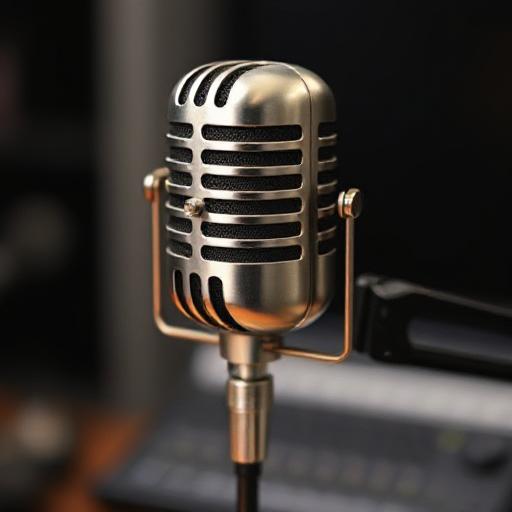Single-Microphone Speech Enhancement
Contact: Richard Hendriks
Items under this topic
Optimal energy redistribution for speech enhancementSoftware, Feb 2015 |
Algorithm for Noise reduction for speech enhancementDFT-based single channel noise reductionSoftware, Jan 2013 |
Near-End Speech EnhancementPre-processing algorithm to improve speech intelligibility in noise for the near-end listener.Software, May 2012 |
